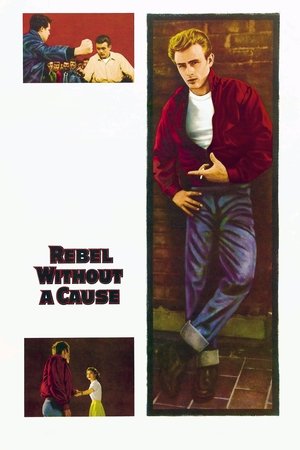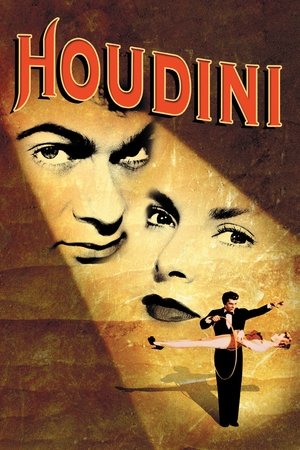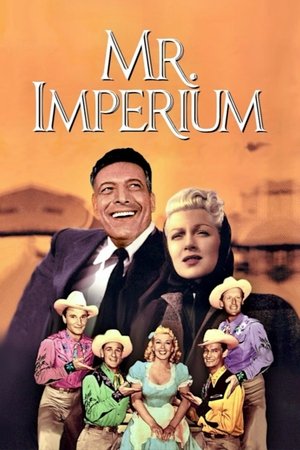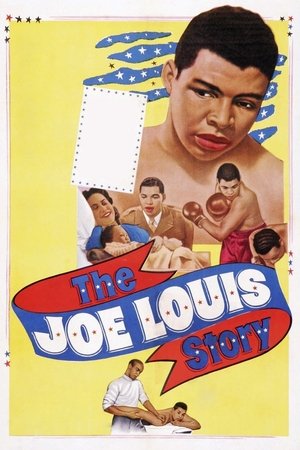Rebel Without a Cause (1955)

| Director | Nicholas Ray |
| Cast | Almira Sessions, Ann Doran, Bert Stevens, Beverly Long, Chuck Hamilton |
| Year | 1955 |
| Country | USA |
| Genres | Drama |
| Duration | 111 min |
| Release | 27 Oct 1955 |
| Language | English |
| Revenue | $4,500,000 |
| Trailer | Watch Trailer |
Synopsis
After moving to a new town, troublemaking teen Jim Stark is supposed to have a clean slate, although being the new kid in town brings its own problems. While searching for some stability, Stark forms a bond with a disturbed classmate, Plato, and falls for local girl Judy. However, Judy is the girlfriend of neighborhood tough, Buzz. When Buzz violently confronts Jim and challenges him to a drag race, the new kid’s real troubles begin.
In the 1955 cinematic masterpiece, “Rebel Without a Cause,” we are introduced to Jim Stark, a troubled teenager who relocates to a new town in search of a fresh start. Despite his intentions for a clean slate, being the new kid brings with it challenges and adversities. Jim, portrayed by the enigmatic James Dean, is emblematic of the disillusioned youth of the post-war era, searching for identity and belonging amidst the turmoil of adolescence.
Jim’s journey towards finding stability begins when he forms an unlikely friendship with Plato, a disturbed classmate played by Sal Mineo. Plato, much like Jim, grapples with his own inner demons, and their bond becomes a poignant portrayal of teenage angst and the desperate search for companionship. At the heart of Jim’s tumultuous existence is his burgeoning affection for Judy, a local girl played by Natalie Wood. Judy herself is ensnared in a complicated relationship with Buzz, the local tough guy.
The film takes a dramatic turn when Buzz, feeling threatened by Jim’s presence and blossoming friendship with Judy, confronts him violently. This encounter escalates into a challenge that epitomises the reckless abandon of youth: a drag race. The stakes are high, and as the engines roar, Jim’s real troubles begin to unfold. This pivotal scene captures the essence of the film, highlighting the impulsive nature of youth and the often-destructive quest for recognition and acceptance.
Directed by the visionary Nicholas Ray, “Rebel Without a Cause” delves deep into the psyche of the 1950s teenager. Through its narrative, Ray crafts a compelling depiction of the era’s youth culture, underpinned by themes of rebellion, alienation, and existential angst. The film’s impact was profound, resonating with audiences and critics alike, and it continues to be hailed as a definitive exploration of teenage disillusionment.
The cast of “Rebel Without a Cause” delivers performances that have stood the test of time, cementing the film’s legacy in cinematic history. James Dean’s portrayal of Jim Stark is often regarded as one of his finest performances, encapsulating the raw emotion and vulnerability of a young man on the brink of self-discovery. Natalie Wood’s Judy is both complex and relatable, offering a nuanced portrayal of a young woman caught between love and loyalty. Sal Mineo’s Plato brings depth to the narrative, portraying the profound loneliness and yearning for connection that resonates with many.
“Rebel Without a Cause” falls within the drama genre, yet its themes transcend conventional categorisation, allowing it to explore the multifaceted nature of adolescence. This exploration is further enhanced by the film’s aesthetic, which utilises vivid colours and innovative cinematography to emphasise the intensity of the characters’ experiences.
On the critical front, “Rebel Without a Cause” has garnered significant acclaim, with an IMDb rating that reflects its enduring appeal and cultural significance. The film’s impact on popular culture is undeniable, inspiring countless adaptations and references across various media. It serves as a time capsule of the 1950s, capturing the spirit of an era marked by change and uncertainty.
For those interested in exploring more about this iconic film, further information is available at Rebel Without a Cause (1955) This resource provides additional insights into the film’s production, legacy, and its place within the broader context of cinematic history.
In conclusion, “Rebel Without a Cause” remains a timeless classic, offering a poignant reflection on the challenges of youth and the universal quest for identity. Through its compelling narrative and unforgettable performances, it continues to resonate with new generations, reaffirming its status as a seminal work in the annals of film history. The film is not just a story of rebellion, but a powerful exploration of the human condition, encapsulating the hopes, fears, and dreams of a generation.
















